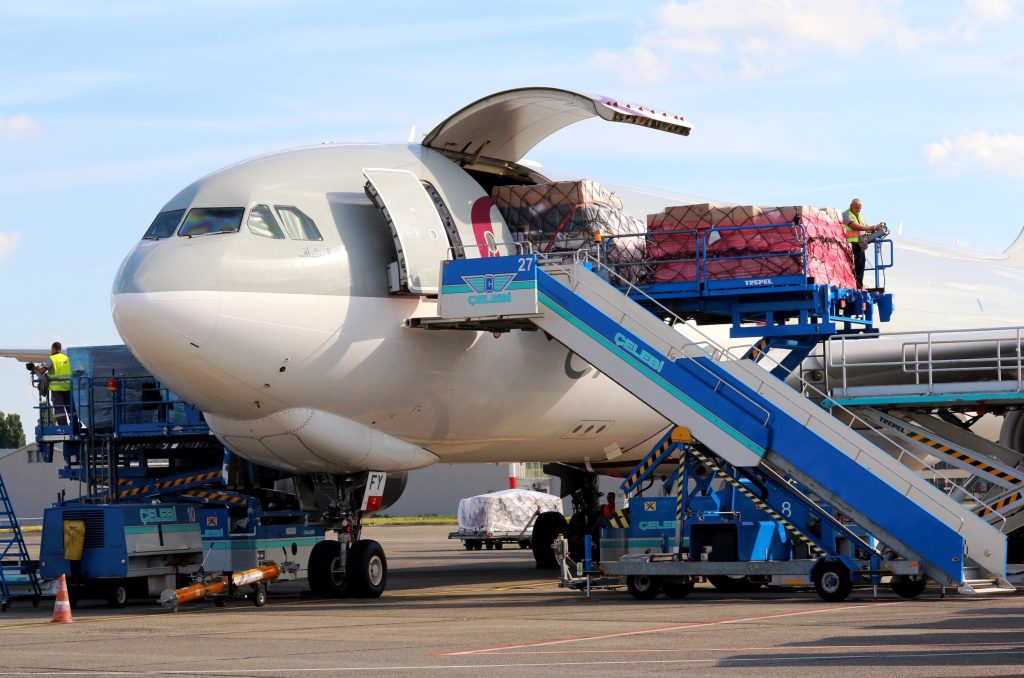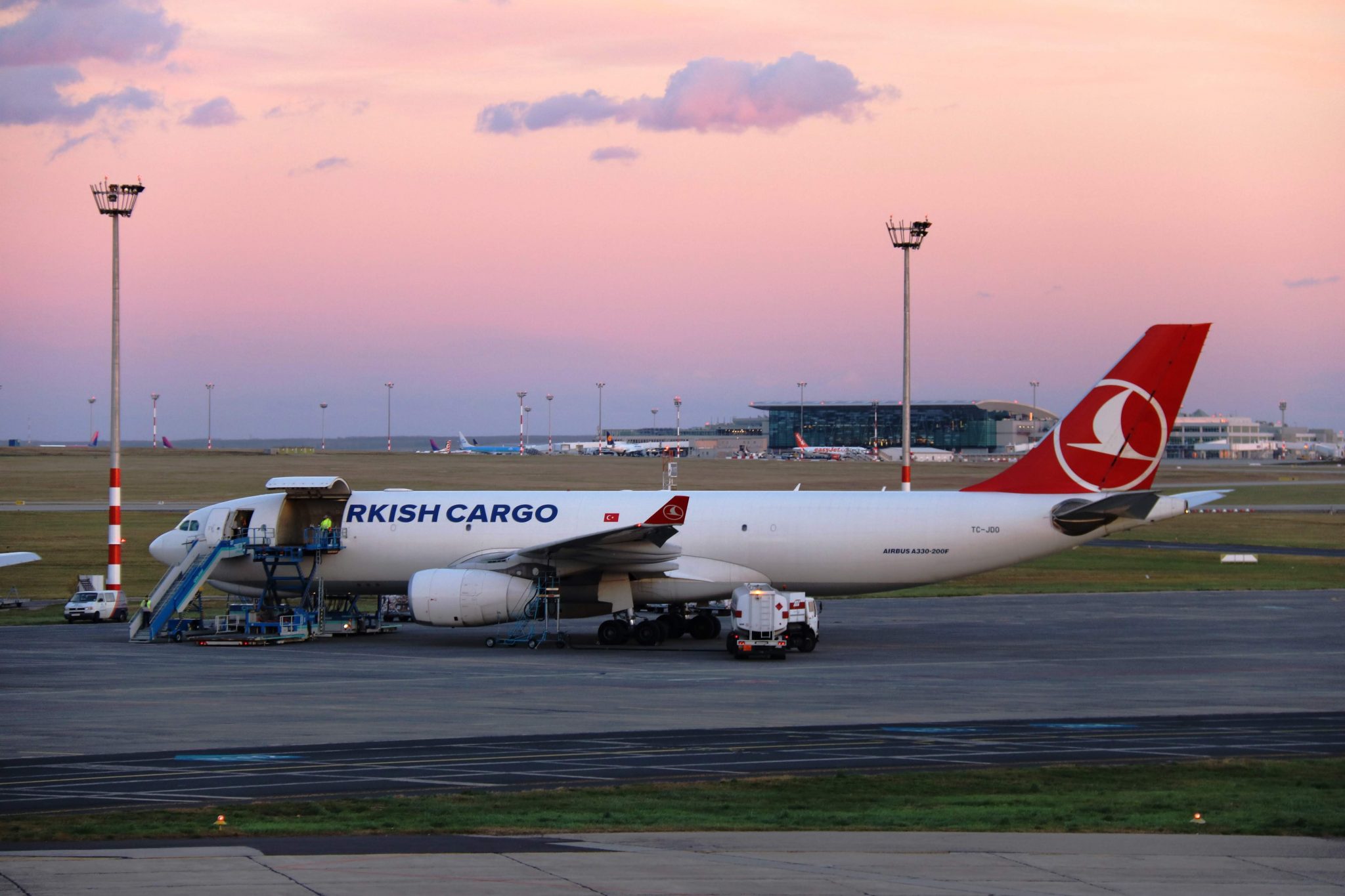146 113 tons – the volume of arriving and departing cargo that was processed at Liszt Ferenc International Airport last year, almost 15% more than in 2017. Total cargo traffic is the combined performance of three lines of business: the results of airlines specialized in air freight, belly cargo carried in the cargo hold of scheduled passenger flights, and the flights operated by courier companies, the so-called integrators (DHL, TNT, UPS, and FedEx).
The latter achieved outstanding results partially due to the development of e-commerce in Hungary and Central Europe.
Air cargo is, generally and globally, made up of product groups which represent low weight and high value as a rule of thumb, including, for instance, electronics, mobile phones, computer parts, car parts, and pharmaceutical products. Prominent representatives of the top three categories all have a presence in Hungary. In addition, unusual cargo was also handled at the airport in 2018, including Hungarian-bred calves (headed for Israel), and top-notch racehorses (transported to China and Russia) – demand has been growing in international trade for the transportation of cargo requiring special care.

“We are focusing all our efforts to make good use of the ideal conditions in Budapest and turn Liszt Ferenc International Airport into a major cargo logistics hub of the Central-Eastern European region.
For this, we have to create appropriate technical, security, and traffic conditions – the relevant projects entered the phase of implementation last year, and we can successfully complete them this year,” said René Droese, director Property and Cargo of Budapest Airport. He also mentioned that Budapest Airport continues its marketing activities from the Far East to North America in order to ensure that an increasing number of logistics and business partners choose the airport of the Hungarian capital as a site where they can reach their objectives.
BUD Cargo City at Liszt Ferenc International Airport will be handed over to international logistics companies quite soon – a new 20 000-square-meter cargo handling building will be completed by the second half of this year, and an additional 10 000-square-meter forwarder building is scheduled for completion at the end of the year. Right next to BUD Cargo City, an adjoining new cargo apron of 32 000 square meters will be handed over, in the proximity of Runway 2 towards Vecsés, where two Boeing B-747-8F freighters can be serviced simultaneously.
The combined value of this development effort in 2019 reaches HUF 15 billion (EUR 46 million), financed by Budapest Airport itself.
Demand is illustrated by the fact that last year a number of jumbo freighters were being loaded at the airport each day, including the Boeing B-747 aircraft of Cargolux, Air Bridge Cargo, and Silkway, and the Airbus A330 and Boeing B-777F aircraft used by Turkish Cargo and Qatar Airways Cargo.
Featured image: Budapest Airport


